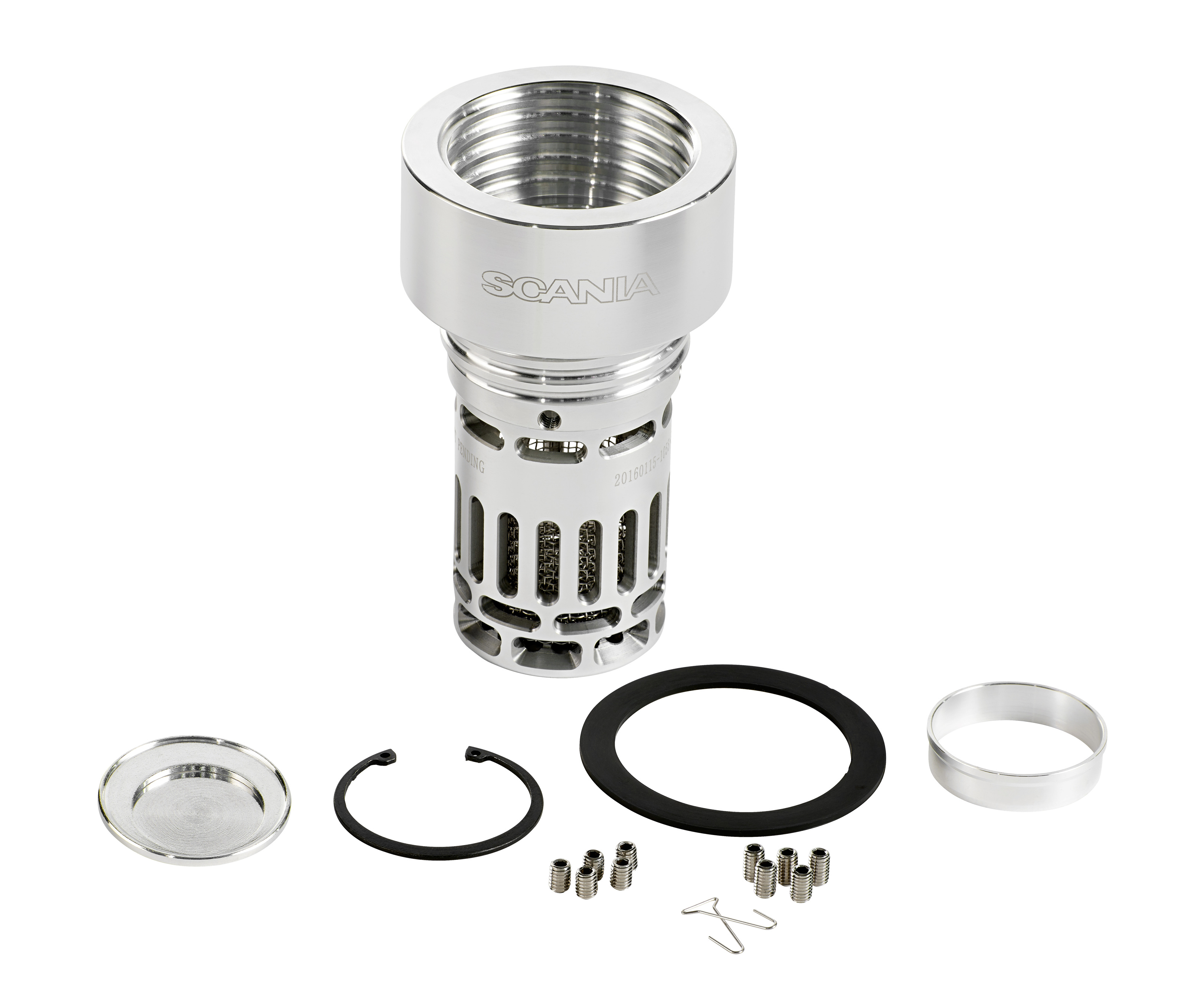
This design has more obtrusive plumbing in the aquarium than the first design. The height of the water in the aquarium is determined in this design by a weir in the aquarium. I highly recommend buying this book if you like DIY aquarium projects. Joey (“The King of FIY) also has a DIY aquarium book which goes into this design in detail.
#Sound siphon in how to
Joey’s YouTube DIY videos show how to make these designs as do dozens of other folks on YouTube.

There is another very popular DIY (do-it-yourself) version of this overflow in use. I prefer gravel filled oversize overflow pipes.

While I’ve found it works great when one adjusts it properly, it requires constant adjusting. This may require some delicate adjusting and some downsizing of the pipe below the valve. Place the outlet of this pipe below the water in the sump.Īdjust the valve on the primary overflow to the point where the tube below the valve is completely filled with water. Put the this valved overflow about two inches below the top of the aquarium. Then add a valve to the down pipe of the other overflow. Put the outlet of this overflow above the water in the sump in such a way that it will be very noisy and acts as an alarm for the hobbyist that the primary overflow isn’t working. Make one of the two tubes have a level that starts working at a level about one fourth inch below the top of the aquarium. The above design can easily be made silent by making a double version of them into what is called a “Herbie overflow”. United States Plastics Corporation has the following selection: clear PVC fittings The clear PVC plastic can be obtained form many suppliers on the internet. And the diameter of the silencer tube needs to be twice the diameter of the rest of the design. The media in the 2x silencer tube can be anything with roughly a half inch diameter.

If the aquarium is drilled, then the movement of the water back to the sump can be as simple as just hooking up a tube. There are a huge number of DIY devices on the internet and YouTube that are designed to do this. Then there needs to be a way of moving the water back to the sump and to prevent the aquarium from overflowing. When one uses a sump the pump in the sump moves the water back up to the aquarium.


 0 kommentar(er)
0 kommentar(er)
